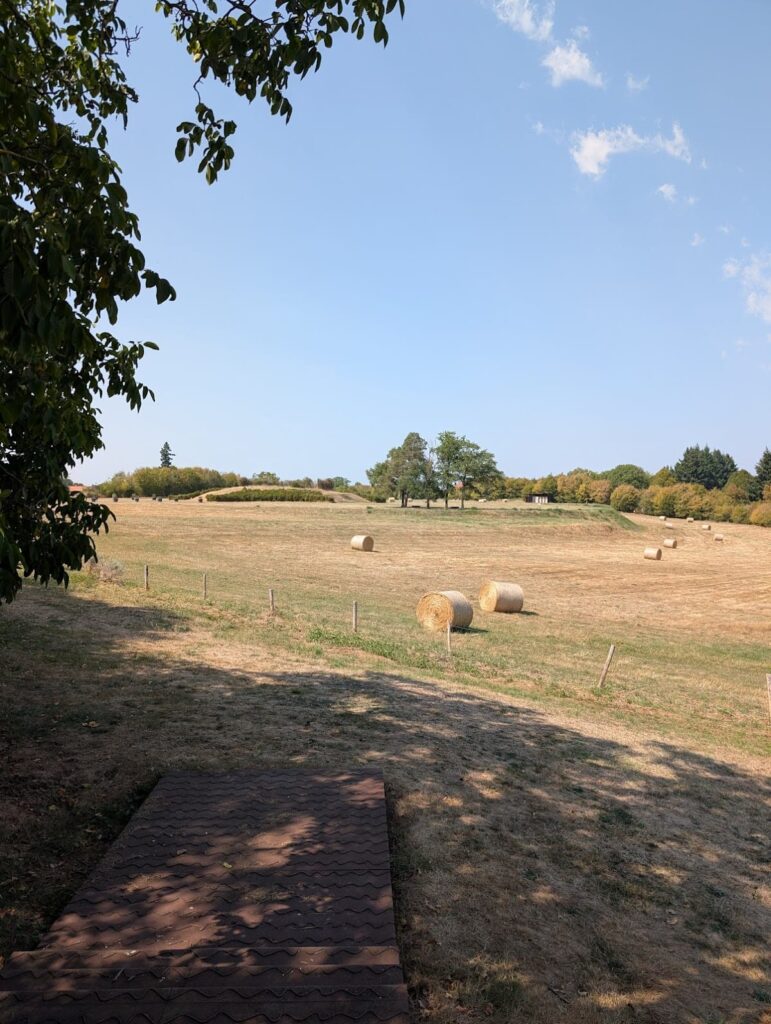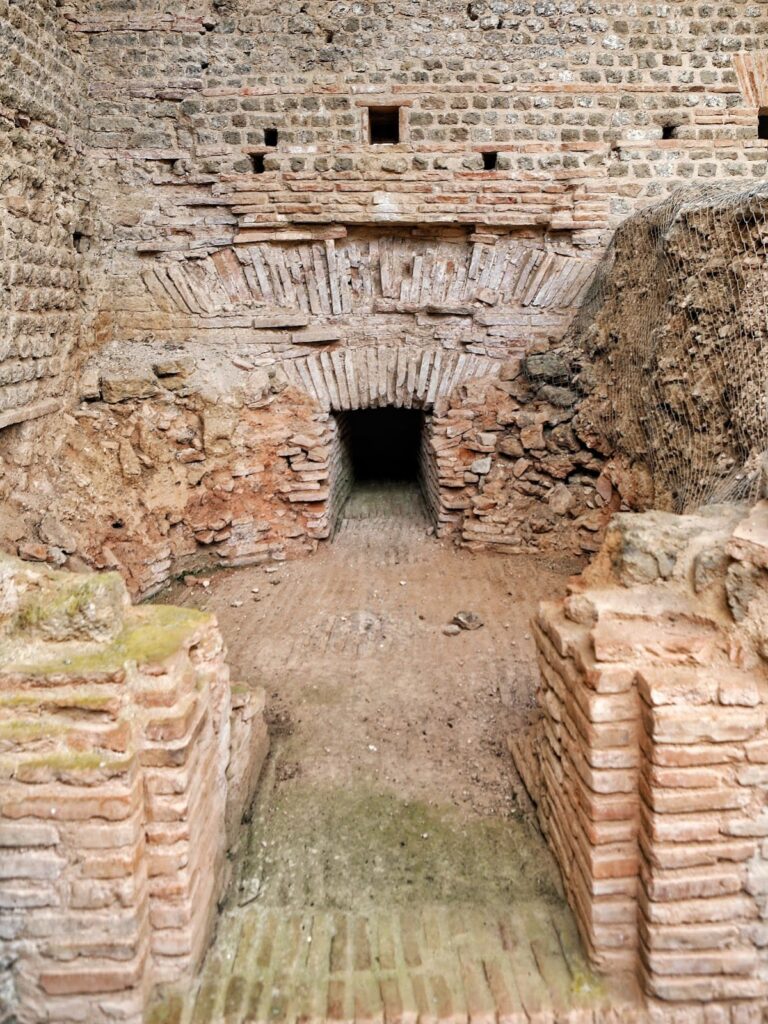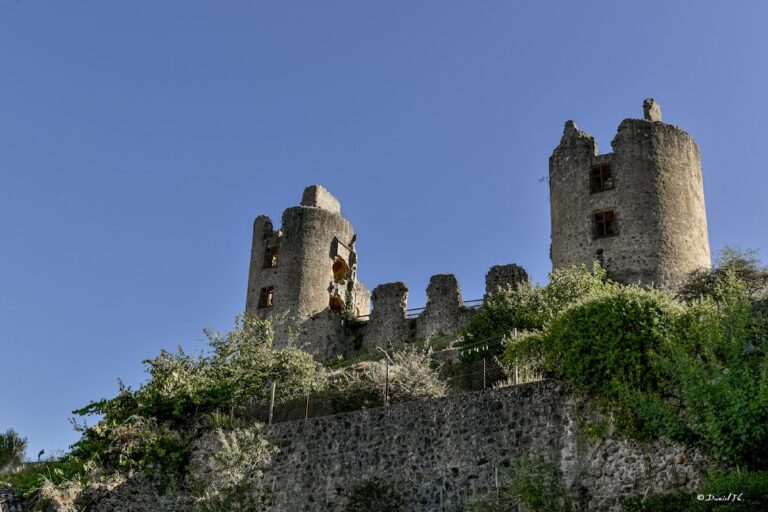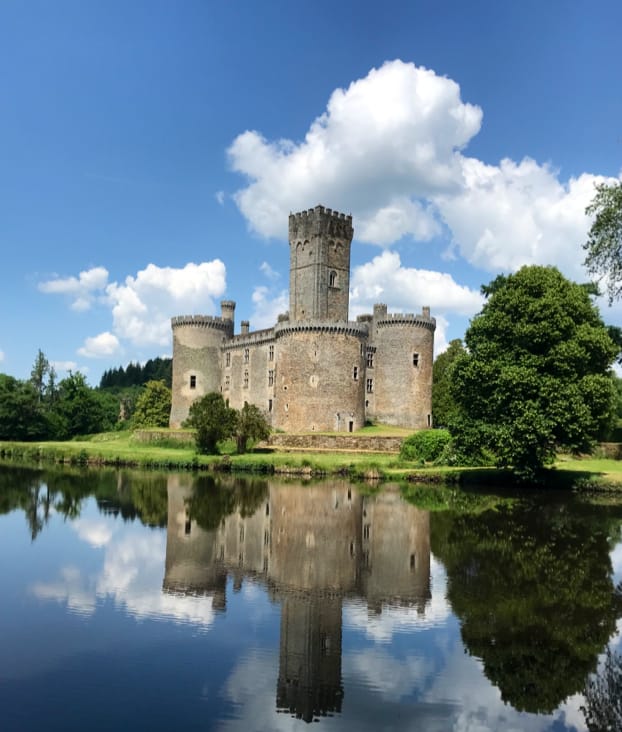Cassinomagus: A Gallo-Roman Site in Southwestern France
Visitor Information
Google Rating: 4.5
Popularity: Low
Google Maps: View on Google Maps
Official Website: www.cassinomagus.fr
Country: France
Civilization: Roman
Remains: City
History
Cassinomagus is located in the modern commune of Chassenon, within the Charente department of southwestern France. It was established by the Romans between the 1st and 4th centuries CE. The settlement lay near the border of the Lemovices territory and close to the neighboring Pictones, Santones, and Petrocores peoples.
Before Roman urban development, the site shows evidence of Late Iron Age occupation from the late 2nd to early 1st century BCE. Archaeological finds include two V-shaped ditches, ceramics, iron tools, and postholes, suggesting a pre-Roman sanctuary or settlement. The name Cassinomagus likely means “field or market of oaks,” reflecting the area’s earlier cultural associations.
The Gallo-Roman town began to take shape in the late 1st or early 2nd century CE. It developed a monumental complex covering about 20 hectares within a larger 140-hectare settlement. Key public buildings included large baths, temples, an amphitheater, and an aqueduct. The baths were constructed over roughly 80 to 90 years, from around 90 to 180 CE, and remained in use for about two centuries.
By the late 3rd century, major public buildings fell into decline and were abandoned. However, some parts of the site, such as the northern gymnasium of the baths, continued to be used into the 6th century. After the Roman period, building materials from Cassinomagus were quarried for local medieval constructions, including an early medieval church.
Archaeological interest in Cassinomagus began in the mid-19th century with Abbé Michon’s work in 1844. Excavations and studies continued intermittently through the 19th and 20th centuries, with significant research led by Jean-Henri Moreau from 1958 into the 1980s. Professional archaeological investigations have persisted into the 21st century, contributing to the understanding and preservation of the site.
Remains
Cassinomagus features a well-planned layout with monumental public buildings constructed primarily from local impactite stone, derived from the Rochechouart-Chassenon meteorite crater. The site includes a large complex of baths, temples, an amphitheater, and an aqueduct system, all arranged near the crossroads of important Roman roads.
The thermae, or public baths, cover about 12,500 square meters within a roughly 120-meter square area. Built mainly of impactite stone, they are among the largest and best-preserved baths in ancient Gaul. The baths follow a double symmetrical imperial design along an east-west axis, with two separate circuits: a southern therapeutic route and a northern hygienic route used for ritual cleansing before temple visits. The complex has two levels, one for users and a lower technical level for staff. Some walls still rise to seven meters high. Construction involved vaulted retaining rooms to manage the sloping terrain and extensive use of bricks and mortar. The baths include two large hot pools, each about 15 by 10 meters, with brick conduits for hot air and furnace openings. A cold swimming pool and a smaller basin lie on the southeast side, partially affected by a modern road.
The temple of Montélu, also known as the sanctuary of the Chenevières, is an octagonal building approximately 18 meters in diameter. It stands on a 50-meter wide esplanade and was built with irregular cement and rubble masonry. The temple’s interior featured richly decorated marble pavements, plinths, pilasters, cornices, and fragments of porphyry and ophite stone tablets. The terrace east of the temple required significant earthworks, including retaining walls with relieving arches. South of the temple lies a grid of 49 cylindrical pits arranged in a 7 by 7 pattern, each about 1.2 meters deep, connected by small aqueduct channels and a collector canal.
The amphitheater, locally called “la Léna,” is elliptical, measuring roughly 60 meters long and 40 meters wide. Its eastern and southeastern seating tiers are carved into rock, while the western side was constructed with stone blocks and cement. Only the ground floor and animal access galleries remain intact; seating and exterior facing stones have been removed. A vaulted aqueduct branch supplied water beneath the stage area, measuring 71 meters in length.
The main aqueduct dates from the late 1st or early 2nd century CE and runs about one kilometer east-west near the monuments. It begins as a tunnel, continues in a vaulted trench up to two meters high, and then becomes an elevated structure supported by 44 piers, reaching a height of about ten meters. Only two piers remain today. The aqueduct ends near the southeast corner of the temple of Montélu, feeding a distribution basin that supplies water to both the temple and the baths. The baths’ water system is complex, with multiple inflows, overflows, and drainage channels.
Other notable structures include two twin temples east of the baths, a large rectangular building possibly used as a public warehouse or relay station, and a trapezoidal building with painted interior walls and ceiling decorations located near the aqueduct. This trapezoidal building was constructed after the aqueduct and violates Roman construction laws regarding proximity to water channels.
Construction materials at Cassinomagus include local impactite stones, granite blocks from Cognac-la-Forêt about 40 kilometers east used for door frames, and biomicrite limestone from La Rochefoucauld about 40 kilometers southwest for wall and floor cladding. The baths’ bricks vary in size and were often laid alternately as headers and stretchers. Some bricks feature small protuberances arranged in different patterns. Vaulted brick ceilings and hypocaust heating systems are present, indicating specialized construction teams.
Numerous wells and pits have been excavated within the settlement, some containing intact pottery, animal bones, metal objects, and rare wooden artifacts such as a spindle and a carved wooden rod. The site also includes a botanical garden cultivating plants used by the Gallo-Romans, along with exhibition spaces and interpretive trails connecting the main monuments.










